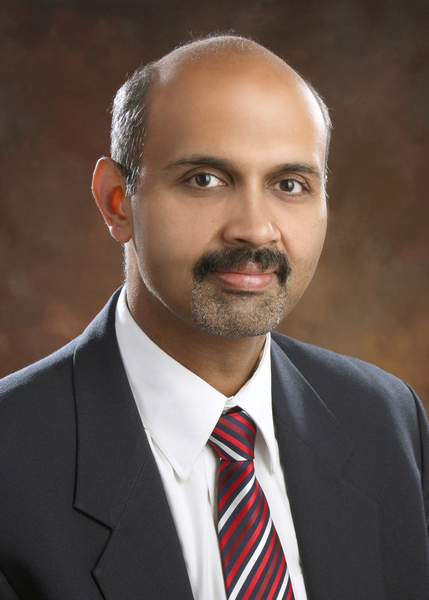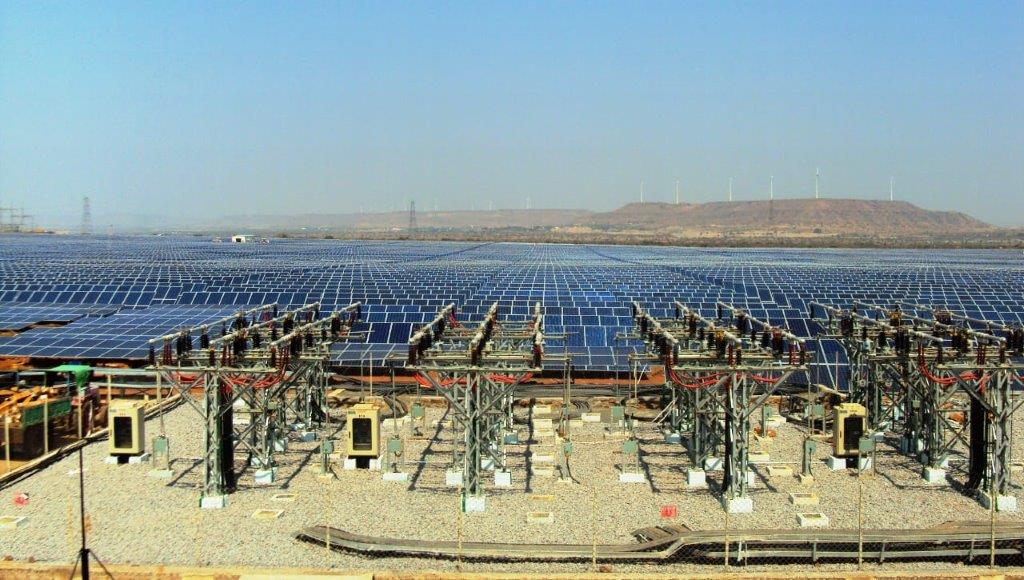Rajaram Pai, DuPont Photovoltaic Solutions’ business leader South Asia and ASEAN shares that the developers, EPC and investors are reporting higher confidence in India-made modules than previously.

Photo: DuPont
“Many developers now feel comfortable to lock in some of their requirements from the domestic sources,” said DuPont’s Pai, speaking with pv magazine. “Besides the obvious external reasons (safeguard duties, fluctuating currencies to name a few) and the logistical advantages arising from local procurement driving the change, domestic manufacturers are also focused on selection of proven materials and technology, upgrading manufacturing processes and upskilling their technical resources for achieving sustained, long term performance.
“Until a few years ago there was a significant disparity in power outputs, technologies and quality between the Indian and imported modules; however, of late, that gap has narrowed, with enhanced in-line automated quality interventions and investments in reliability testing capabilities, have implied that the Indian producers are increasing their share in local PV projects” Pai continues.
Developers are selecting a “blend” of locally produced and imported modules for projects.
Quality PV Roundtable at REI 2019
BIS steps in
On the policy level, the development and application of Bureau of Indian Standards (BIS) to solar PV manufacturing and testing has played a role in boosting standardization on Indian production lines. One positive aspect, says DuPont’s Pai, is that it has made manufacturers stay consistent with a certified Bill of Materials (BOM) owing to higher switching-related certification costs. “It has also deterred companies supplying sub-grade material to a large extent.”
On the other hand, there is still room for BIS to comprehensively integrate the nuances of the harsh Indian environmental conditions beyond the existing regulations. PI Berlin engineers recently noted that while environmental conditions such as salinity or high UV or humidity or heat or sand or strong winds are often experienced by global PV project developers, “in several areas of India, PV projects often face several many of these factors at the same time.”
There is also the need, adds Pai, to establish more testing facilities to carry out BIS accreditation. He notes that there are numerous “prestigious scientific institutes in the country that can be integrated into the testing and certification framework that could carry out such testing”. By expanding the number of such testing facilities, Pai concludes, could accelerate the certification process for new material.
MAST testing
In terms of testing, DuPont continues to advocate for the more widespread adoption of Module Accelerated Sequential Testing (MAST) in India and elsewhere. Pai reports that the company continues to work with both private and government agencies for the adoption of the rigorous MAST regime.
MAST involves sequential testing of PV modules, to apply humidity, thermal and UV stresses on materials – pushing them to their limits. DuPont suggests that the regime more accurately replicates real world conditions, particularly in countries such as India where high levels of humidity, high temperatures and abundant UV is present.
“The realization is coming that there is a high correlation on what the module will actually look like or behave in the field to what it undergoes in the actual [MAST] test scenario,” said Pai. “It won’t happen overnight in terms of switching from the IEC requirement, but … people want to ensure that the materials are robust and have been proven to perform in the field for their intended lifetime.”
DuPont reports that while the PV installation run rate has been somewhat slow in 2019, largely due to challenges with tenders, DISCOM payments and other regulatory uncertainties, installations are expected to pick up sharply towards the end of the year, and in 2020. “Q4 of this year and Q1 2020 will be an intense period of installations,” says Pai.
DuPont issued its annual Global Field Reliability Study recently, with results from their field inspection and analysis program that tracks material degradation and its effects on global solar module performance. The team of experts has compiled global data from 6.5 million modules, 355 installations and 1.8 GW of installed generation capacity. Get your copy here.
This content is protected by copyright and may not be reused. If you want to cooperate with us and would like to reuse some of our content, please contact: editors@pv-magazine.com.









By submitting this form you agree to pv magazine using your data for the purposes of publishing your comment.
Your personal data will only be disclosed or otherwise transmitted to third parties for the purposes of spam filtering or if this is necessary for technical maintenance of the website. Any other transfer to third parties will not take place unless this is justified on the basis of applicable data protection regulations or if pv magazine is legally obliged to do so.
You may revoke this consent at any time with effect for the future, in which case your personal data will be deleted immediately. Otherwise, your data will be deleted if pv magazine has processed your request or the purpose of data storage is fulfilled.
Further information on data privacy can be found in our Data Protection Policy.